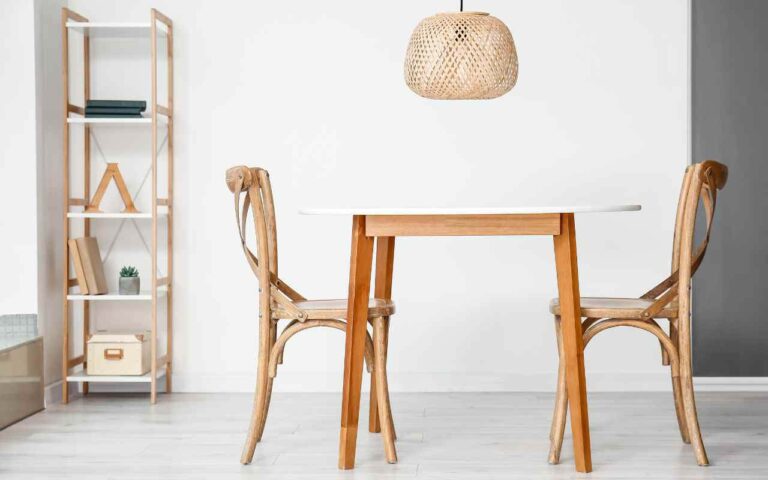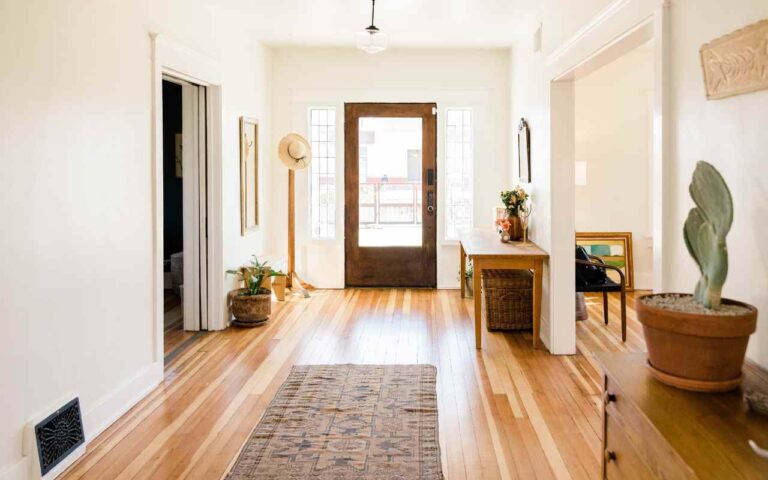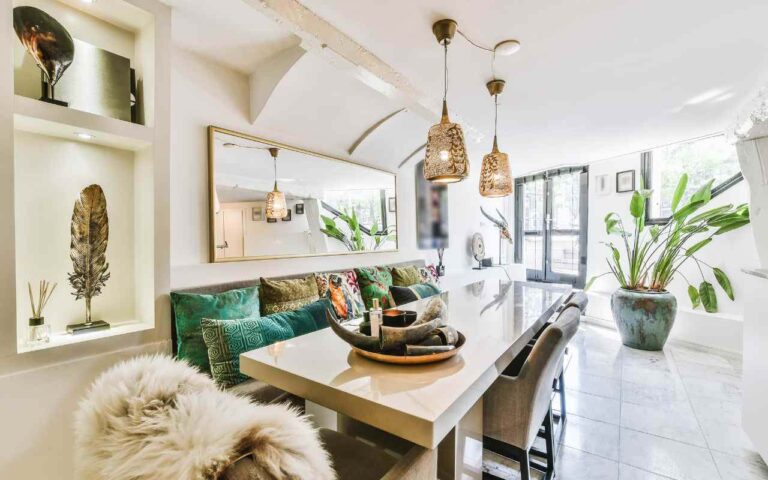Ever thought about how we Aussies express our culture, history, and unique identity through furniture design? Well, buckle up, because we’re about to take a journey from colonial times to our contemporary era, exploring the evolution of Australian furniture design.
Take a step back in time and you’ll discover that the history of Australian furniture is as diverse and dynamic as the land itself. From the earliest days of colonial settlement, furniture design played an integral role in shaping the visual landscape of Australian homes. Over time, as our cultural identity evolved, so too did our approach to furniture design.
Australian furniture design is not merely about style, aesthetics, or functionality—it’s about narrating the story of a nation, its people, their dreams, struggles, and aspirations. This beautiful symbiosis between our culture and furniture design has resulted in a unique design language that is quintessentially Australian. It’s no exaggeration to say that Aussie furniture design is a celebration of our culture, history, and diversity.
In this article, we’ll take a closer look at this fascinating journey—how it started, how it evolved, and where it’s headed. We’ll explore the charm of colonial furniture, the elegance of federation design, the simplicity of mid-century aesthetics, and the innovation of contemporary design. And of course, we’ll be peeking into the future of Australian furniture design, exploring emerging trends, the importance of space planning, and the role of technology. So, are you ready? Let’s dive in!
Colonial Furniture Design
The colonial era marked the dawn of furniture design in Australia. During this period, Australian furniture was primarily influenced by European styles, particularly Georgian and Victorian. But what truly set our colonial furniture apart was its unique blend of European aesthetics with native elements.
The characteristics of colonial furniture design were largely shaped by the realities of life in early Australia. On one hand, the scarcity of resources and skilled artisans led to designs that were simple and functional. On the other hand, the desire to recreate the sophistication and elegance of European homes resulted in pieces that were beautifully crafted and visually stunning.
This unique fusion of practicality and beauty gave birth to some of the most iconic pieces of Australian furniture. And you don’t need to go far to see examples. Just visit the furniture collection at the National Museum of Australia and you’ll see what I’m talking about. From the humble bush carpenter’s chair to the elegant sideboards of well-to-do settlers, these pieces reflect the spirit of an era that laid the foundation of Australian furniture design.
For a more immersive experience, there’s no better place than the Georgian House in Tasmania. This grand old mansion offers a splendid snapshot of colonial furniture design. It showcases the sheer variety of furniture styles that existed during this period, from the austere to the ornate, reflecting the diverse influences and lifestyles of early Australian settlers.
Federation Furniture Design
As we transition from the colonial era to the federation period, a noticeable shift in Australian furniture design becomes evident. The federation era (circa 1890–1915), also known as the Edwardian era, saw a remarkable fusion of Australian nationalism and furniture design. This period was marked by a sense of independence and a strong desire to create an Australian style that was distinct from European influences.
Federation furniture was characterised by its simple, robust, and practical design. What set it apart, however, was its celebration of Australian flora and fauna. Designs frequently incorporated native motifs, such as wattle, kangaroos, and emus, symbolising a growing sense of national pride and identity. Materials, too, played a key role in this era. Federation designers favoured Australian timbers, like blackwood, jarrah, and silky oak, bringing a distinctly Aussie touch to furniture pieces.
For a visual taste of federation furniture, pay a visit to heritage sites around the country or check out the archives of Australian Woodwork. These places are treasure troves of federation era design, offering a fascinating glimpse into Australia’s past and its burgeoning design identity.
A brilliant case study of this era is The Bungalow in Sydney. This iconic building showcases the best of federation furniture design. The Bungalow’s interior, with its practical layouts, rich Australian timbers, and locally inspired decorative accents for home decor, is a testament to the design philosophy of this era.
Mid-Century Furniture Design
Fast forward to the mid-20th century, and Australian furniture design takes another exciting turn. The mid-century period (roughly the 1940s-1960s) was a time of great change and innovation in furniture design. This era saw designers embracing modernist principles and moving away from traditional forms and materials.
Mid-century furniture was all about functionality, simplicity, and organic forms. Designs favoured clean lines, minimalist aesthetics, and a seamless blend of indoor and outdoor spaces. Much like the federation era, mid-century designers had a penchant for local materials. However, this time, they coupled Australian timbers with new, man-made materials, such as plastic, plywood, and laminate, resulting in furniture pieces that were truly reflective of their time.
Examples of mid-century furniture are aplenty. Many Australian homes from this era still retain their original furniture, while retro and vintage shops are bursting with mid-century pieces. For a curated collection, head over to modernist Australian homes or museums dedicated to this era.
And when it comes to mid-century design, one cannot overlook the Boyd House II in Victoria. Designed by renowned architect Robin Boyd, this house exemplifies the mid-century philosophy of ‘form follows function’. The furniture, with its streamlined shapes and natural materials, perfectly complements the architecture, creating a harmonious balance that is the hallmark of mid-century design.
Contemporary Furniture Design
Leaving the mid-century era behind, we now enter the domain of contemporary furniture design. The late 20th and early 21st century brought with it a multitude of changes and new influences. Today, Australian furniture design is a vibrant mix of past traditions and forward-thinking innovations.
Contemporary Australian furniture is characterised by its eclecticism. Designers blend various styles, materials, and techniques to create pieces that are unique, innovative, and deeply personal. There’s a strong emphasis on the importance of space planning and adaptability, reflecting the changing needs and lifestyles of Australians. Sustainability has also become a key consideration, with designers increasingly focusing on environmentally friendly materials and practices.
Modern furniture stores, art galleries, and Australian homes are a testament to the creativity and diversity of contemporary furniture design. You’ll find everything from minimalist Scandinavian-inspired pieces to bold, statement-making designs that reflect the latest interior design trends.
The Avalon House in New South Wales is a striking example of contemporary Australian furniture design. Its interior showcases a rich array of modern pieces that blend form, function, and aesthetics. It’s an inspiring demonstration of how furniture design has evolved and continues to shape our living spaces.
Future of Furniture Design in Australia
Looking ahead, the future of Australian furniture design is as exciting as its past. Designers are continually pushing boundaries, exploring new materials, techniques, and concepts. Sustainability is set to play a bigger role, with the focus on locally sourced materials, environmentally friendly manufacturing processes, and long-lasting designs. Technology, too, will have a significant impact, opening up new possibilities in furniture design.
The rise of digital technology and smart homes is changing the way we interact with our furniture. Designs are becoming more responsive, adaptable, and interactive, providing not just comfort and aesthetics, but also enhancing our overall living experience. And with the increasing focus on space efficiency, furniture pieces that can serve multiple functions or easily adapt to different spaces will become more prevalent.
Indeed, the future of Australian furniture design is not just about making beautiful pieces—it’s about creating meaningful, sustainable, and innovative solutions that enrich our lives. It’s a future where furniture design continues to reflect and shape the unique story of Australia and its people.
Conclusion
Well, there you have it, mates—a trip through time exploring the remarkable journey of Australian furniture design. From the early days of colonial settlement to the contemporary era, Australian furniture design has evolved to mirror our cultural shifts, technological advancements, and changing lifestyles.
As we’ve seen, the history of Australian furniture is not merely a chronicle of styles or trends—it’s a reflection of our nation’s spirit and values. Each era, from colonial to federation, mid-century to contemporary, represents a chapter in our ongoing story, illustrating our shared history, our achievements, and our vision for the future.
As we look forward, it’s clear that the future of Australian furniture design is as exciting and dynamic as its past. Emerging trends and technologies, coupled with a strong focus on sustainability and proper space planning, promise to take Australian furniture design to new heights.
Preserving and celebrating our design heritage, while embracing innovation and change, is crucial to ensuring the continued evolution and vitality of Australian furniture design. Because, at the end of the day, furniture isn’t just about form or function—it’s about creating spaces that reflect who we are, tell our story, and make us feel at home.
So, whether you’re a history buff, a design enthusiast, or just someone who appreciates a good piece of furniture, I hope this journey through the evolution of Australian furniture design has offered you fresh insights and a renewed appreciation for this amazing aspect of our culture. Keep exploring, keep learning, and keep celebrating the unique charm of Aussie furniture design. Cheers!










+ There are no comments
Add yours